Reading Ellen Datlow’s The Best Horror of the Year, Volume Eight
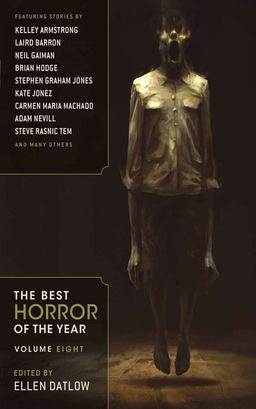 Despite me not being a horror writer (or much of a reader, or a movie watcher), it surprises me that about a quarter of my posts end up touching on horror in some way. That being said, I am trying to crack to horror code, to see what makes it work, mostly because I’d love to have additional tools in my writerly toolbelt, and partly because I just like to figure stuff out.
Despite me not being a horror writer (or much of a reader, or a movie watcher), it surprises me that about a quarter of my posts end up touching on horror in some way. That being said, I am trying to crack to horror code, to see what makes it work, mostly because I’d love to have additional tools in my writerly toolbelt, and partly because I just like to figure stuff out.
I recently finished reading Ellen Datlow’s The Best Horror of the Year, Volume 8 and thought I’d put my musings to paper (or electrons). In the interests of full disclosure, I appeared in her Best Horror of the Year, Volume 6 and may have gotten an honorable mention in Volume 2. That being said, I’ve got no other interest in this book — I just wanted to read the anthology and talk about it. Make of that what you will.
Now, it doesn’t take much of a definitional search to find the totally intuitive statement that horror fiction seeks to provoke shock, fear, repulsion or loathing. A bit more searching unearths the definition of weird fiction, the cousin of horror, which blends horror, fantasy and science fiction. I’m not trying to be academic or coy with my thoughts on Datlow’s 8th Best of the Year. This kind of grounding was necessary (for me) to fully take in what I was reading.
Why’s that? Ask most anthologists (or for that matter magazine editors who put 8-12 stories per month in an issue) what their concerns are, very often you’ll hear balance.
When I read a Gardner Dozois Year’s Best SF, I know he will balance space opera, with near future, with far future, with alternate history, with literary SF, with military SF, etc, etc. That is to say, like SF, horror has its own sub-genres and each one comes with its own conventions. You may be very disappointed if you read a literary SF story expecting to apply the conventions of military SF to your reading. I didn’t want my inexperience with the horror field to detract from my read of this year’s best.
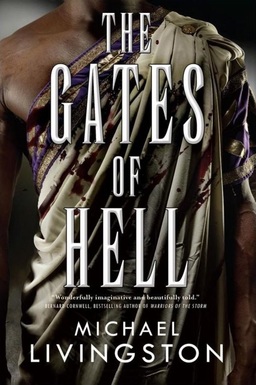
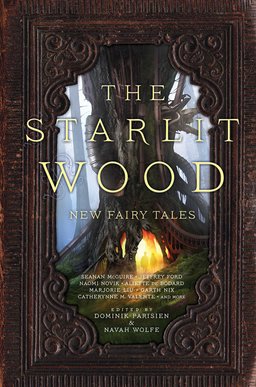
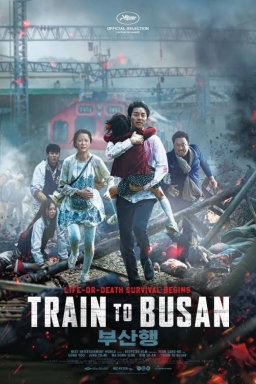 On the morning of Sunday, August 1, I was in no particular hurry to get to the Hall Theatre. I planned to see the Korean zombie movie Train to Busan, but knowing it had already played the large room of the Hall once I didn’t anticipate I’d have difficulty finding a seat. I intended after that to go across the street to the De Sève Theatre, where I’d watch Operation: Avalanche, a found-footage fiction about filmmakers who’d faked the moon landing in 1969. Then I’d go have a bite to eat and come back for two more movies. It sounded like a nice well-spaced day, but when I got to the Hall ten minutes before Train to Busan was scheduled to start I found I’d radically underestimated the film’s popularity. As the doors opened to let the ticket-holders in, the line stretched around the corner, up to the next street, and then around the corner there. Luckily enough, I was able to find a good seat in the back of the Hall, where I watched the auditorium fill up with an enthusiastic crowd.
On the morning of Sunday, August 1, I was in no particular hurry to get to the Hall Theatre. I planned to see the Korean zombie movie Train to Busan, but knowing it had already played the large room of the Hall once I didn’t anticipate I’d have difficulty finding a seat. I intended after that to go across the street to the De Sève Theatre, where I’d watch Operation: Avalanche, a found-footage fiction about filmmakers who’d faked the moon landing in 1969. Then I’d go have a bite to eat and come back for two more movies. It sounded like a nice well-spaced day, but when I got to the Hall ten minutes before Train to Busan was scheduled to start I found I’d radically underestimated the film’s popularity. As the doors opened to let the ticket-holders in, the line stretched around the corner, up to the next street, and then around the corner there. Luckily enough, I was able to find a good seat in the back of the Hall, where I watched the auditorium fill up with an enthusiastic crowd.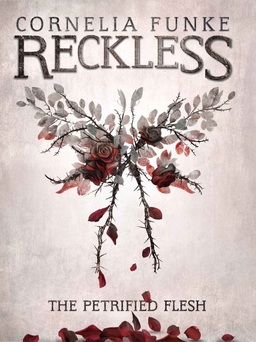
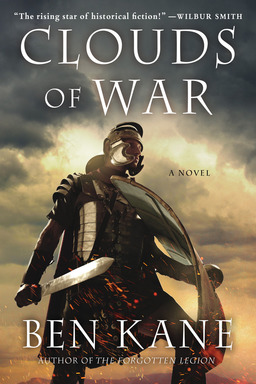
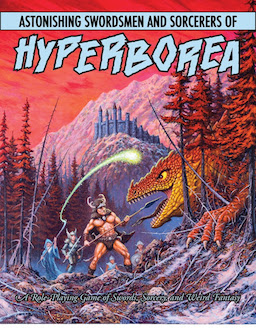
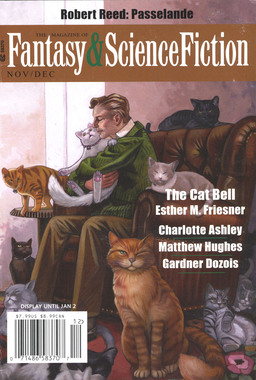
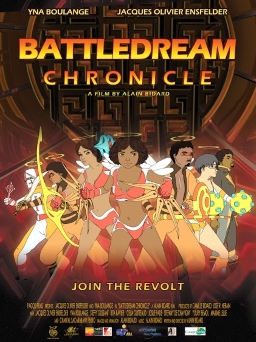 Saturday, July 30, I had hopes of seeing four shows at Fantasia. In the event, I saw three — and ended up with an interesting chat after the last one. First came an animated teen dystopia from Martinique, Battledream Chronicle, in which a young woman fights to free her homeland from digital colonialism. After that came a collection of short films, the International Science Fiction Short Film Showcase 2016 (one of the shorts being an adaptation of Ken Liu’s short story “
Saturday, July 30, I had hopes of seeing four shows at Fantasia. In the event, I saw three — and ended up with an interesting chat after the last one. First came an animated teen dystopia from Martinique, Battledream Chronicle, in which a young woman fights to free her homeland from digital colonialism. After that came a collection of short films, the International Science Fiction Short Film Showcase 2016 (one of the shorts being an adaptation of Ken Liu’s short story “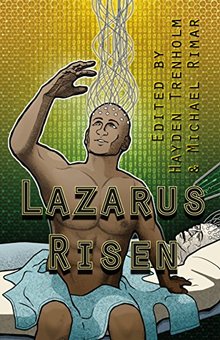 I know I’ve mentioned before that I’m a big fan of the original anthology, and I’d like to take the opportunity to draw your attention to two new ones that have crossed my table in the last month or so.
I know I’ve mentioned before that I’m a big fan of the original anthology, and I’d like to take the opportunity to draw your attention to two new ones that have crossed my table in the last month or so.